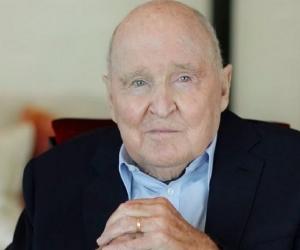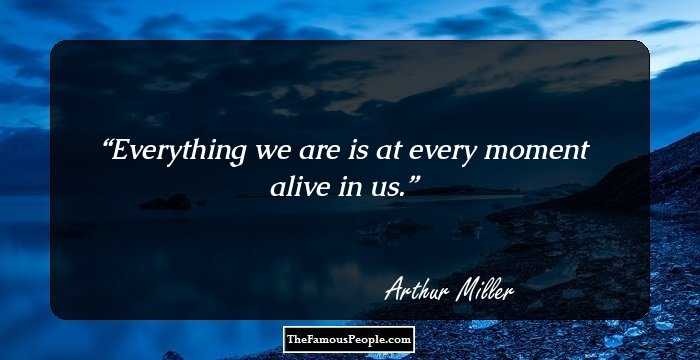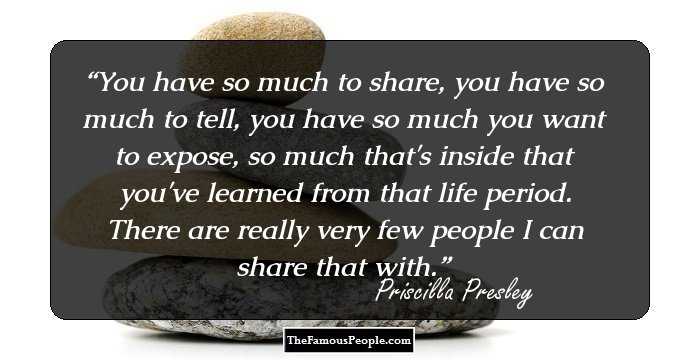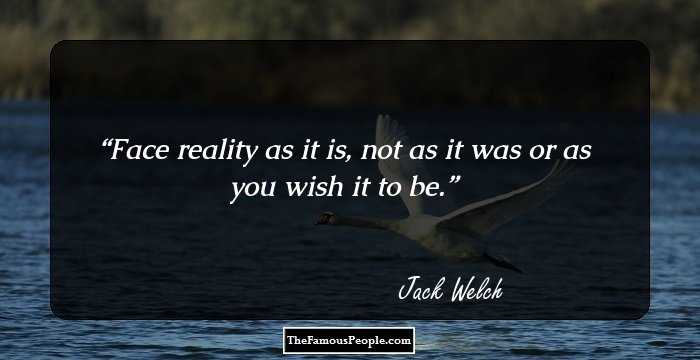
Face reality as it is, not as it was or as you wish it to be.
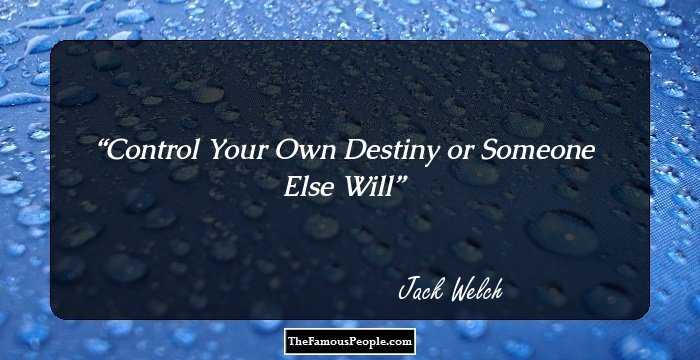
Control Your Own Destiny or Someone Else Will
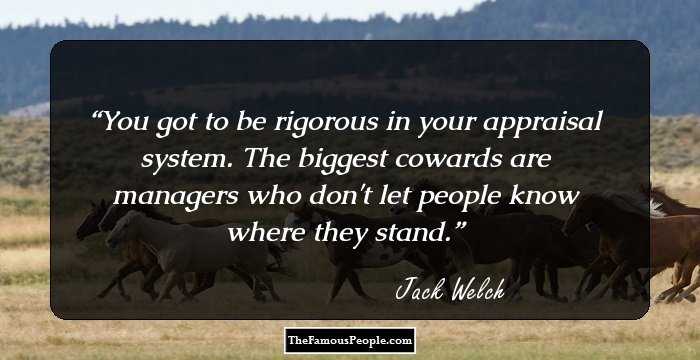
You got to be rigorous in your appraisal system. The biggest cowards are managers who don't let people know where they stand.
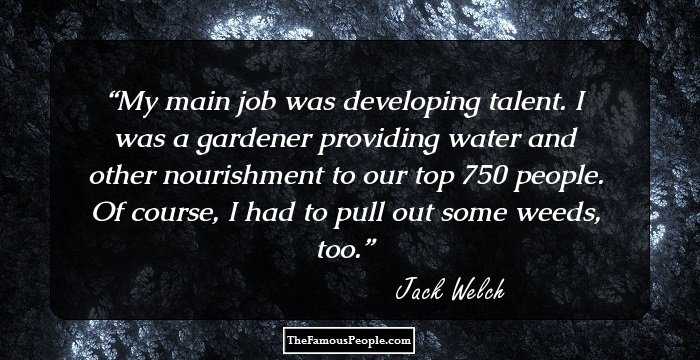
My main job was developing talent. I was a gardener providing water and other nourishment to our top 750 people. Of course, I had to pull out some weeds, too.
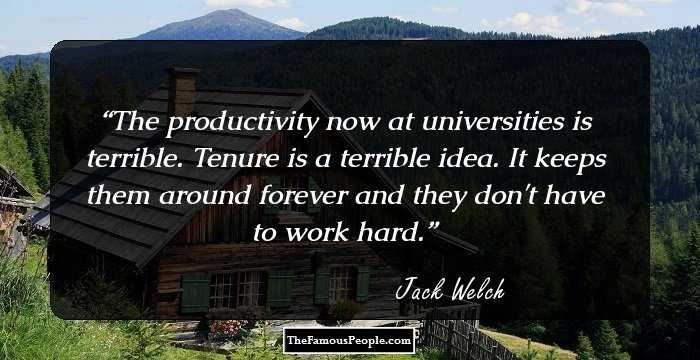
The productivity now at universities is terrible. Tenure is a terrible idea. It keeps them around forever and they don't have to work hard.
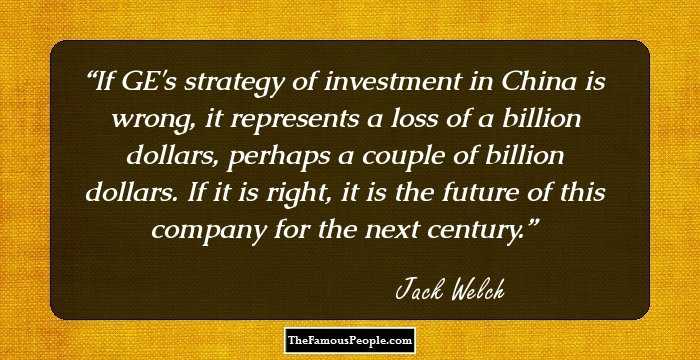
If GE's strategy of investment in China is wrong, it represents a loss of a billion dollars, perhaps a couple of billion dollars. If it is right, it is the future of this company for the next century.
The 1980s will seem like a walk in the park when compared to new global challenges, where annual productivity increases of 6% may not be enough. A combination of software, brains, and running harder will be needed to bring that percentage up to 8% or 9%.
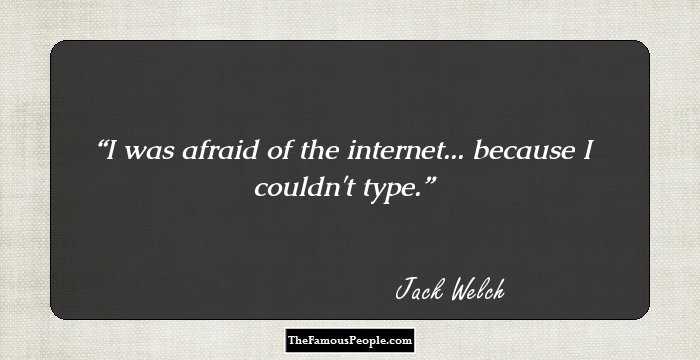
I was afraid of the internet... because I couldn't type.
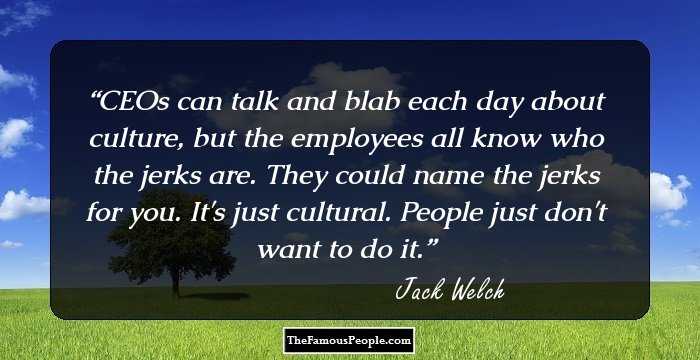
CEOs can talk and blab each day about culture, but the employees all know who the jerks are. They could name the jerks for you. It's just cultural. People just don't want to do it.
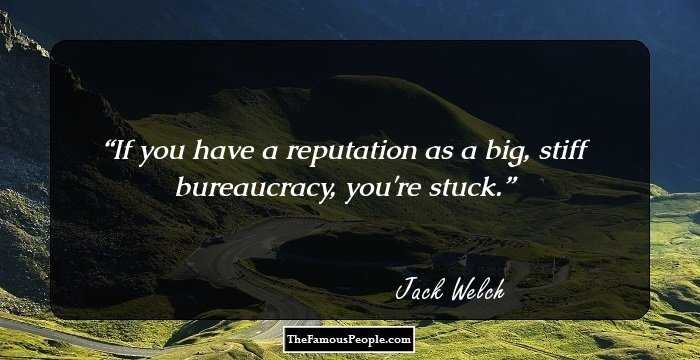
If you have a reputation as a big, stiff bureaucracy, you're stuck.
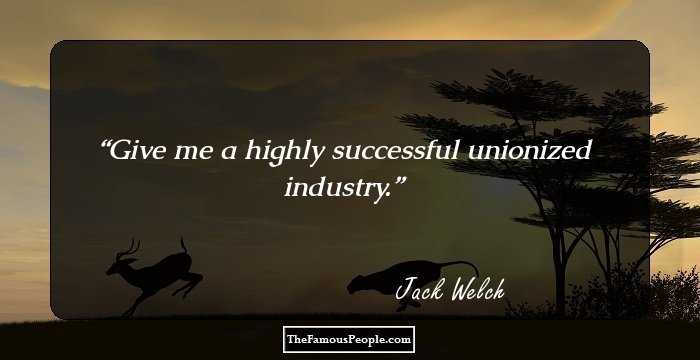
Give me a highly successful unionized industry.
Public hangings are teaching moments. Every company has to do it. A teaching moment is worth a thousand CEO speeches. CEOs can talk and blab each day about culture, but the employees all know who the jerks are. They could name the jerks for you. It's just cultural. People just don't want to do it.
In order to lead a country or a company, you've got to get everybody on the same page and you've got to be able to have a vision of where you're going. America can't have a vision of health care for everybody, green economy, regulations - can't have a bunch of piece-meal activities. It's got to have a vision.

I've learned that mistakes can often be as good a teacher as success.
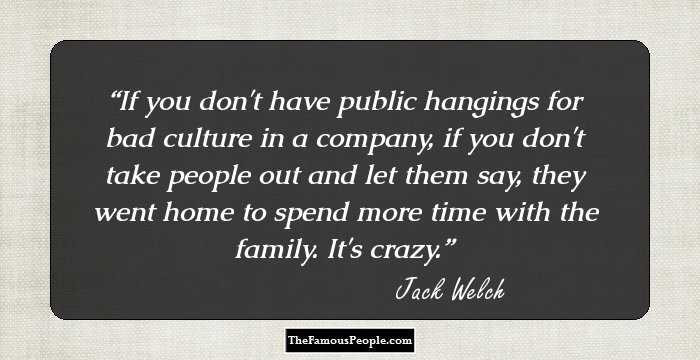
If you don't have public hangings for bad culture in a company, if you don't take people out and let them say, they went home to spend more time with the family. It's crazy.
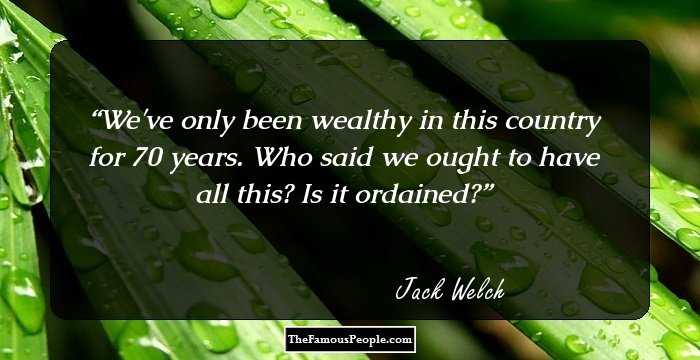
We've only been wealthy in this country for 70 years. Who said we ought to have all this? Is it ordained?
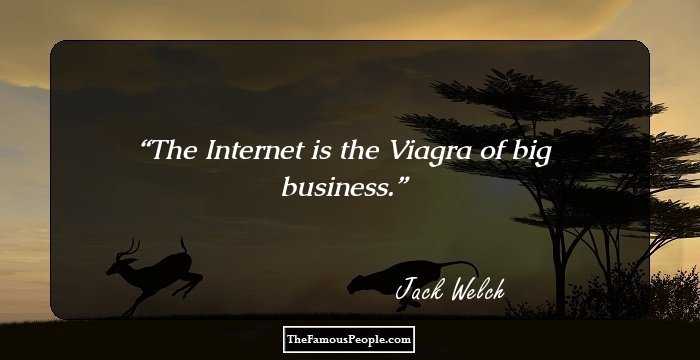
The Internet is the Viagra of big business.
There are only three measurements that tell you nearly everything you need to know about your organization's overall performance: employee engagement, customer satisfaction, and cash flow...It goes without saying that no company, small or large, can win over the long run without energized employees who believe in the mission and understand how to achieve it...
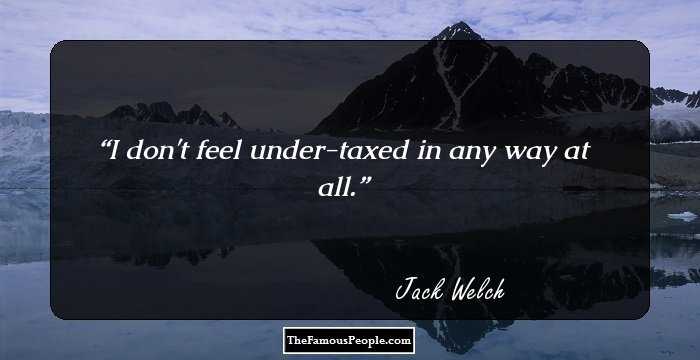
I don't feel under-taxed in any way at all.
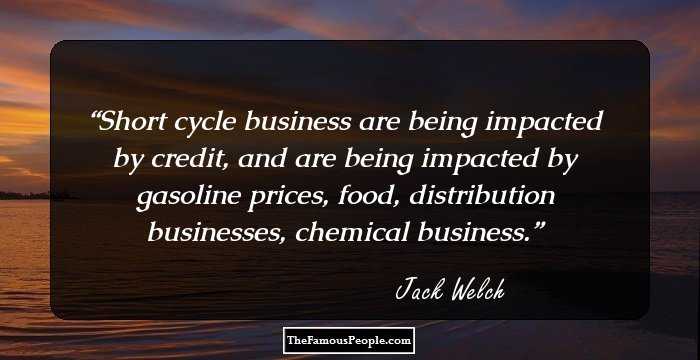
Short cycle business are being impacted by credit, and are being impacted by gasoline prices, food, distribution businesses, chemical business.
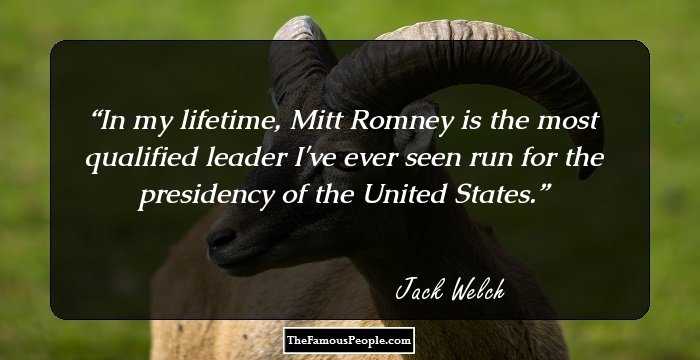
In my lifetime, Mitt Romney is the most qualified leader I've ever seen run for the presidency of the United States.
Our behavior is driven by a fundamental core belief: the desire, and the ability, of an organization to continuously learn from any source, anywhere; and to rapidly convert this learning into action is its ultimate competitive advantage.
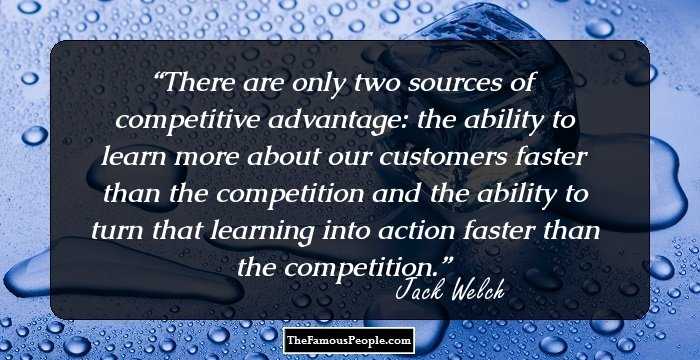
There are only two sources of competitive advantage: the ability to learn more about our customers faster than the competition and the ability to turn that learning into action faster than the competition.
Too often we measure everything and understand nothing. The three most important things you need to measure in a business are customer satisfaction, employee satisfaction, and cash flow. If you’re growing customer satisfaction, your global market share is sure to grow, too. Employee satisfaction gets you productivity, quality, pride, and creativity. And cash flow is the pulse—the key vital sign of a company.
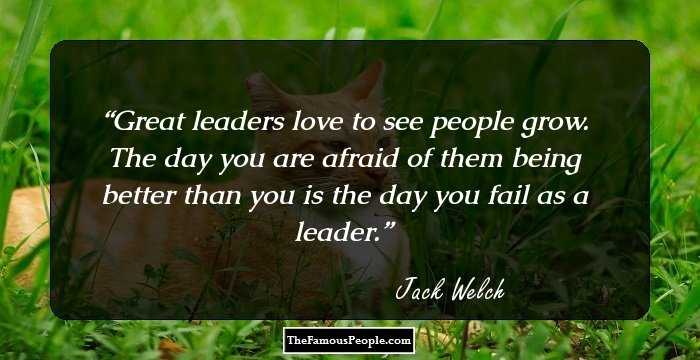
Great leaders love to see people grow. The day you are afraid of them being better than you is the day you fail as a leader.
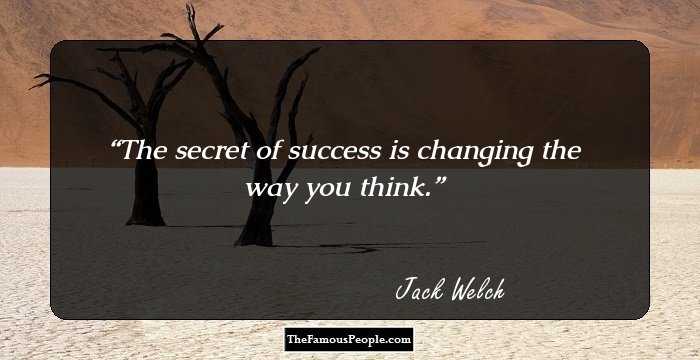
The secret of success is changing the way you think.
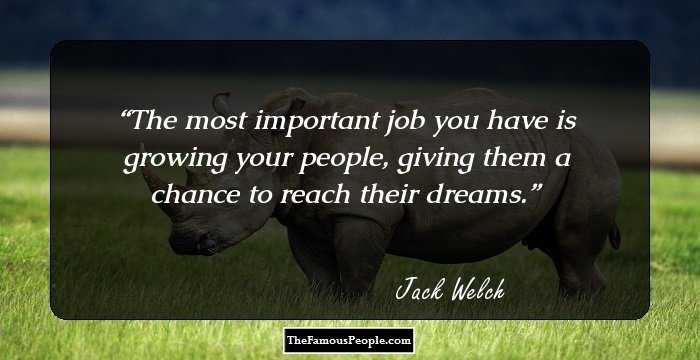
The most important job you have is growing your people, giving them a chance to reach their dreams.
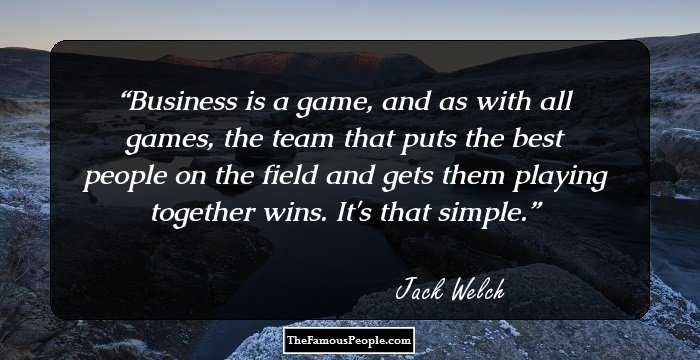
Business is a game, and as with all games, the team that puts the best people on the field and gets them playing together wins. It's that simple.
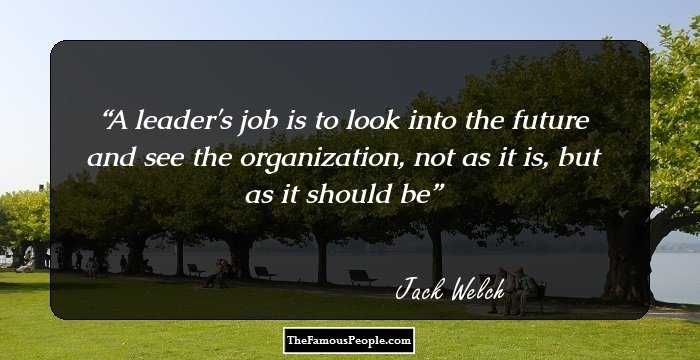
A leader's job is to look into the future and see the organization, not as it is, but as it should be
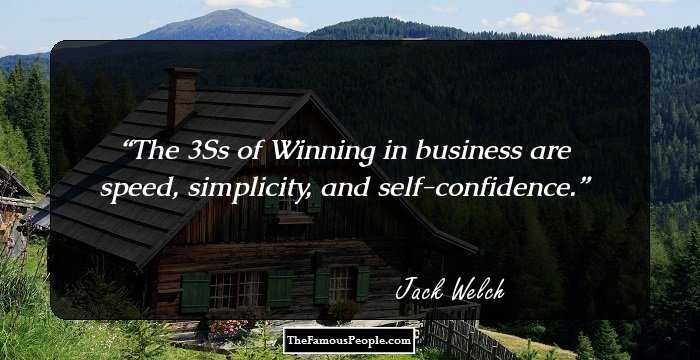
The 3Ss of Winning in business are speed, simplicity, and self-confidence.

